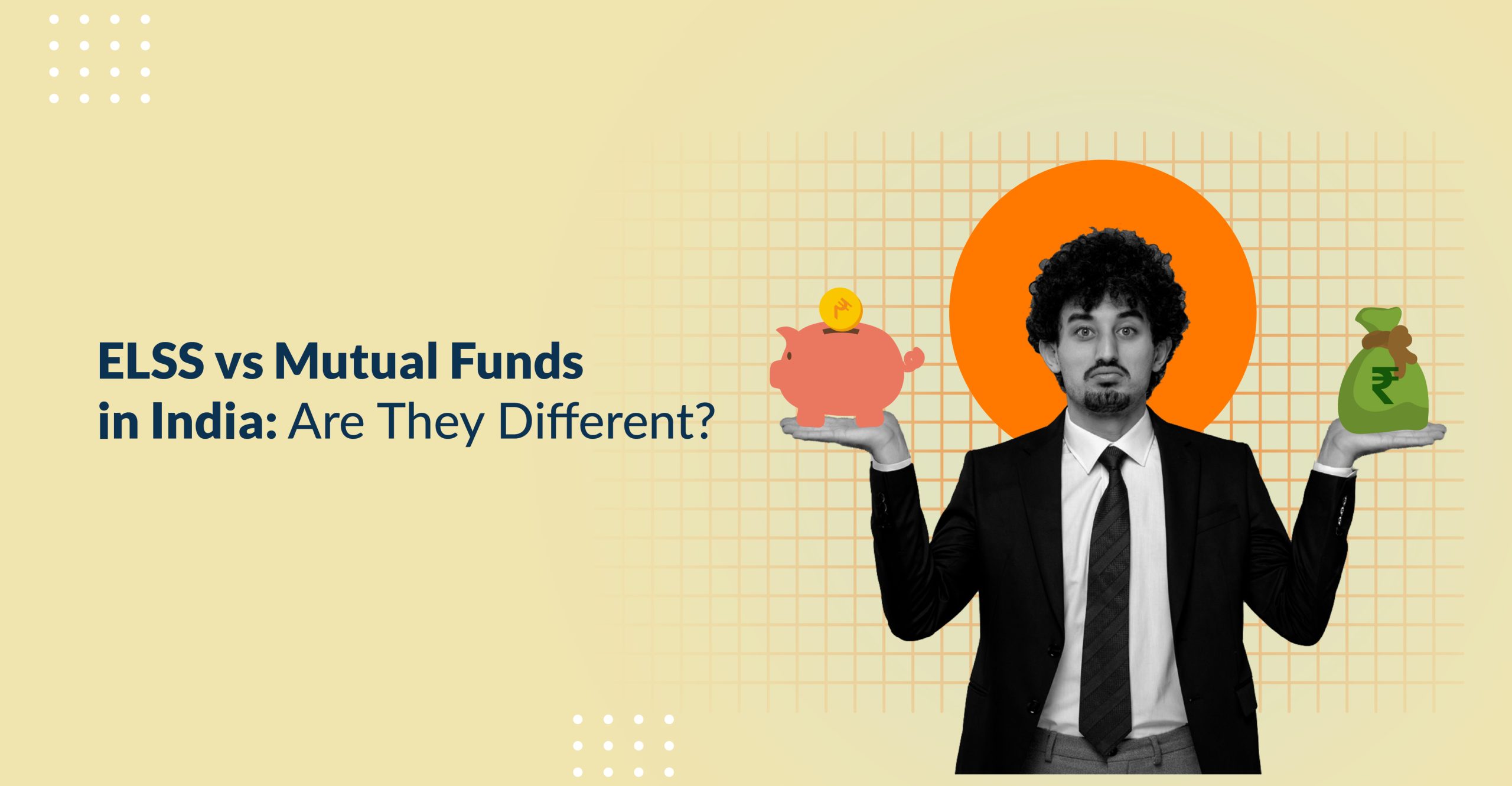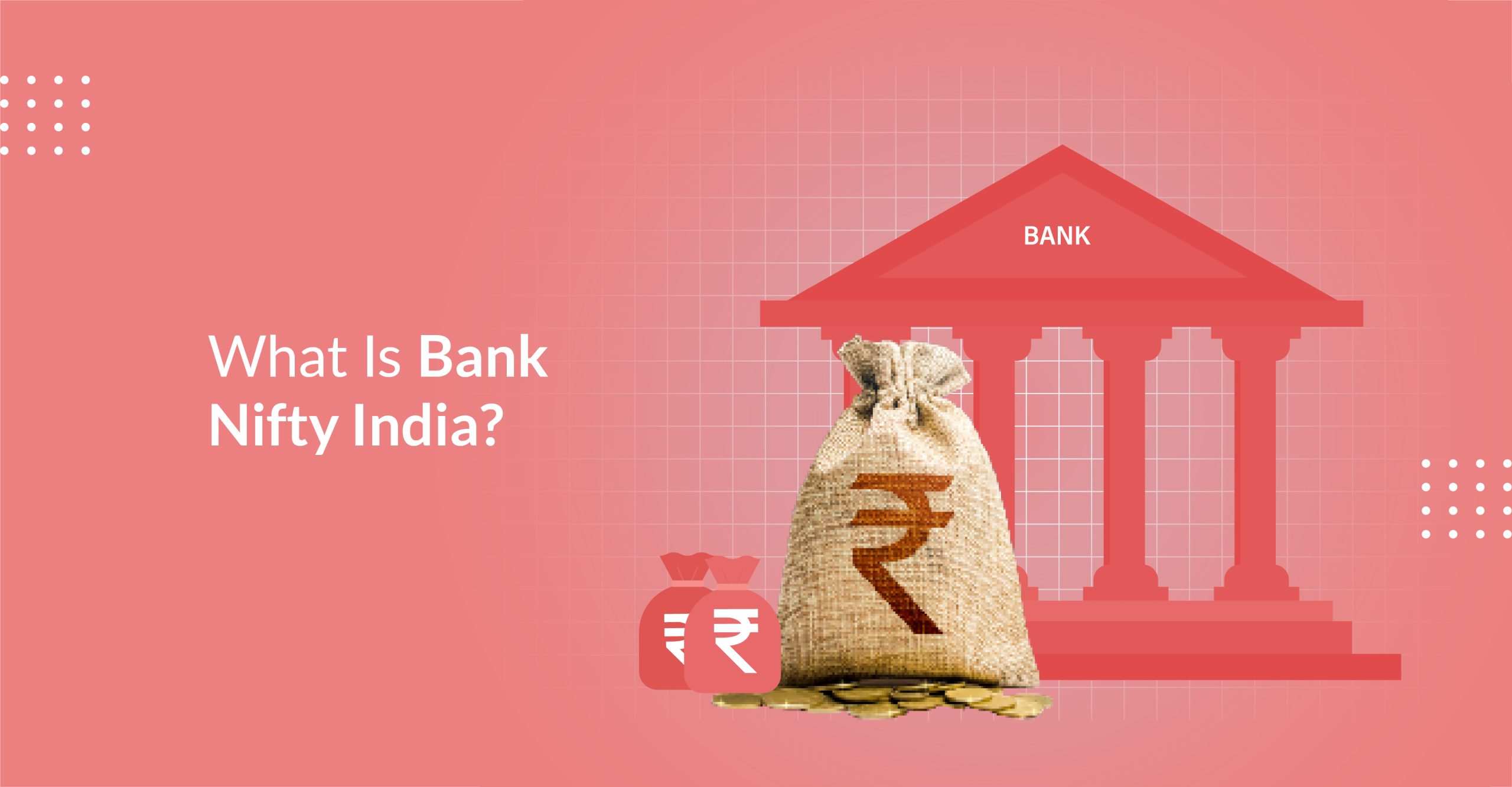Enhance Your Investment Knowledge
ELSS vs Mutual Funds in India: Are They Different?
If you’re exploring investment options, you’ve probably come across ELSS and mutual funds—and wondered if they’re the same thing. While ELSS is technically a type of mutual fund, it’s designed…
Read MoreIndex Funds vs Large cap Funds in India: Which Is Better?
Choosing between an index fund and a large cap fund can be tough, especially when both invest in top-tier companies. The real difference lies in their management. Index funds passively…
Read MoreSIP vs STP in India: Which Is Better?
While choosing methods to invest in mutual funds, investors may compare SIP vs STP. SIP (Systematic Investment Plan) and STP (Systematic Transfer Plan) are two approaches to investing in mutual…
Read MoreNifty 50 vs Bank Nifty Index in India?
The Nifty 50 tracks 50 large-cap companies from diverse sectors, offering broad market exposure, while the Bank Nifty focuses on 12 top-performing banking stocks, providing insights into the banking sector….
Read MoreWhat Is Bank Nifty India?
What is bank nifty? Bank Nifty, or the Nifty Bank Index, is a key indicator of how the Indian banking sector is performing. It’s a sectoral index on the NSE,…
Read MoreVolatility in Mutual Funds in India: Meaning, Calculation & More?
Volatility in mutual funds refers to the degree of price fluctuations in a scheme that is influenced by factors like market sentiment, economic changes, and interest rate movements. It affects…
Read More


















